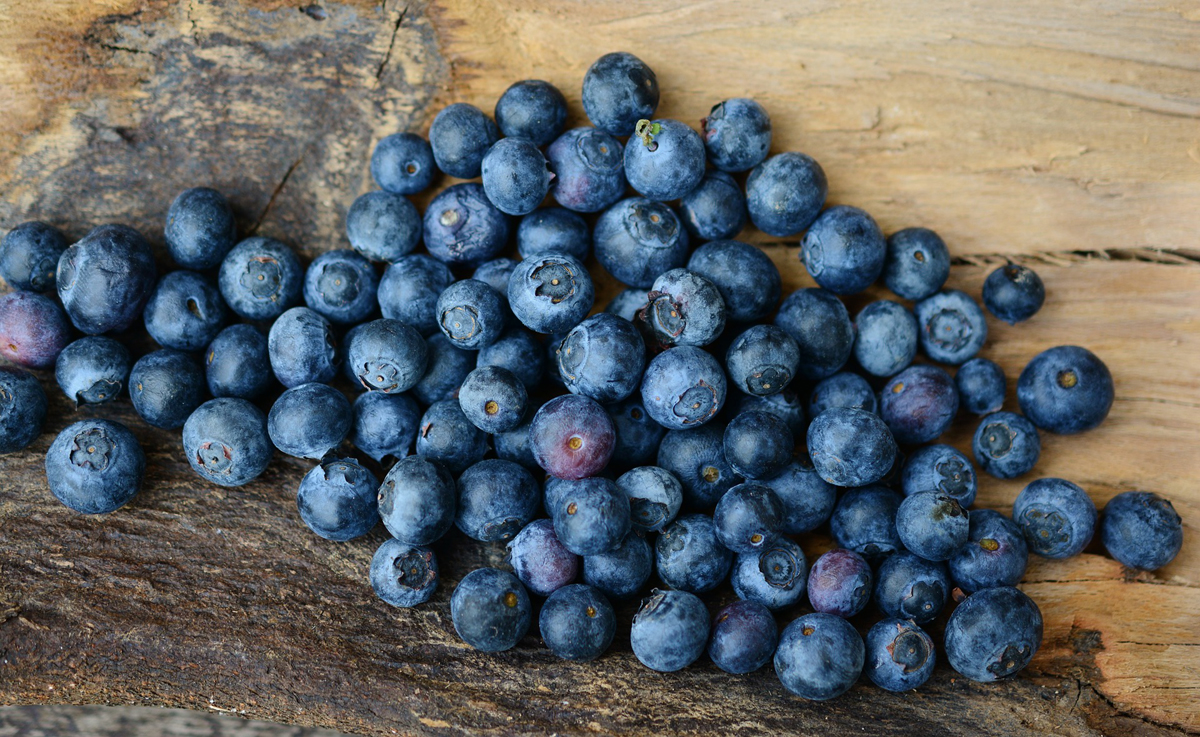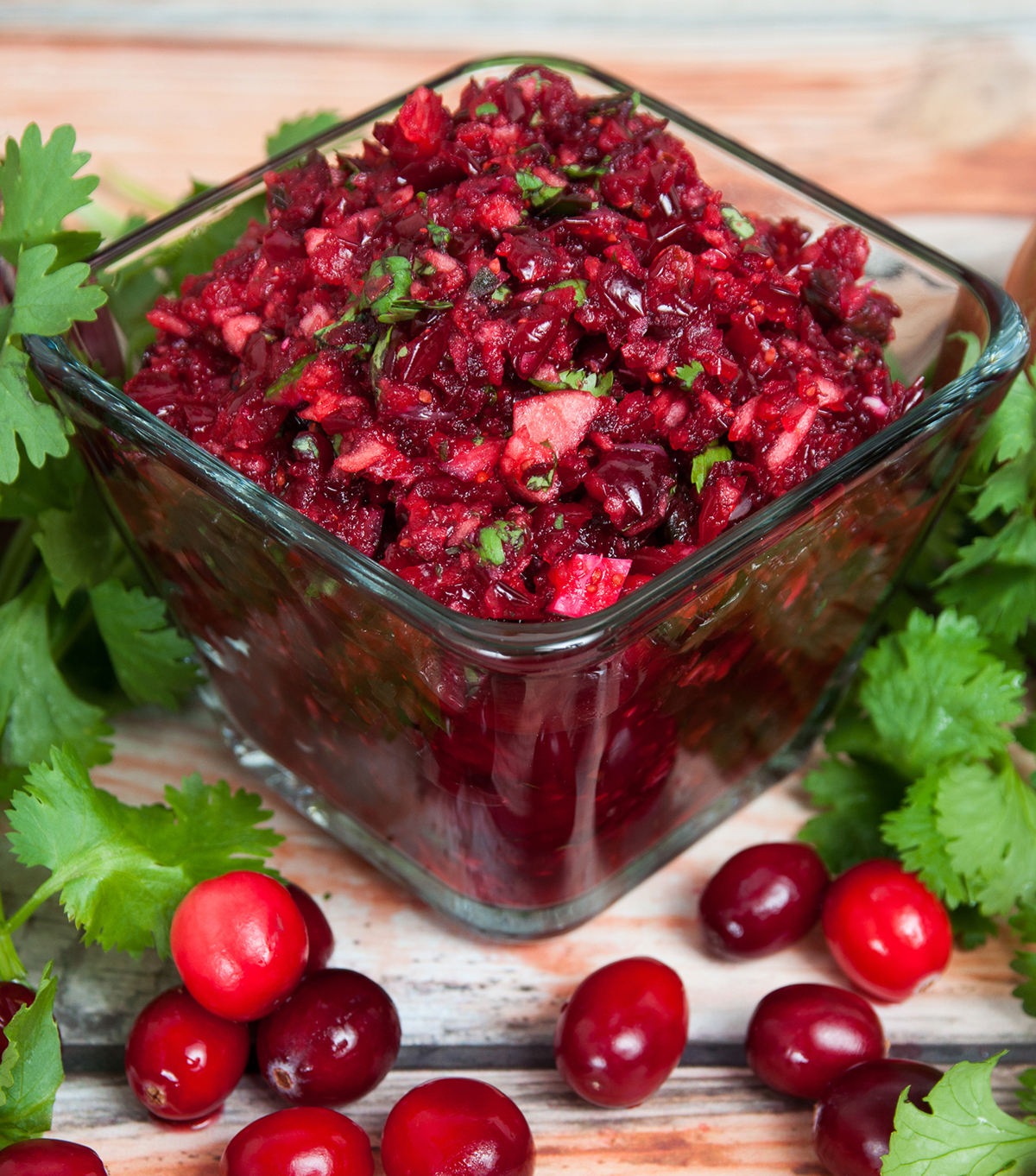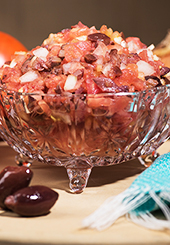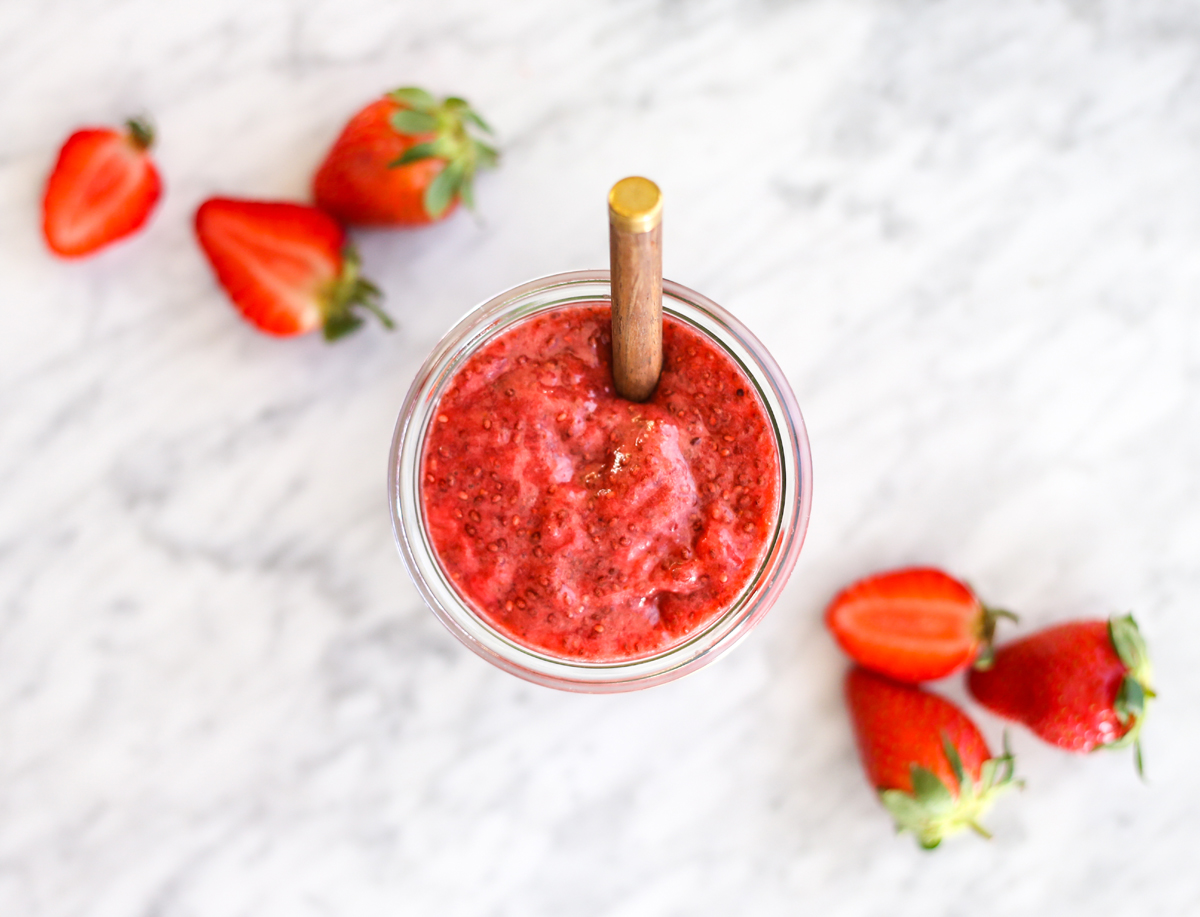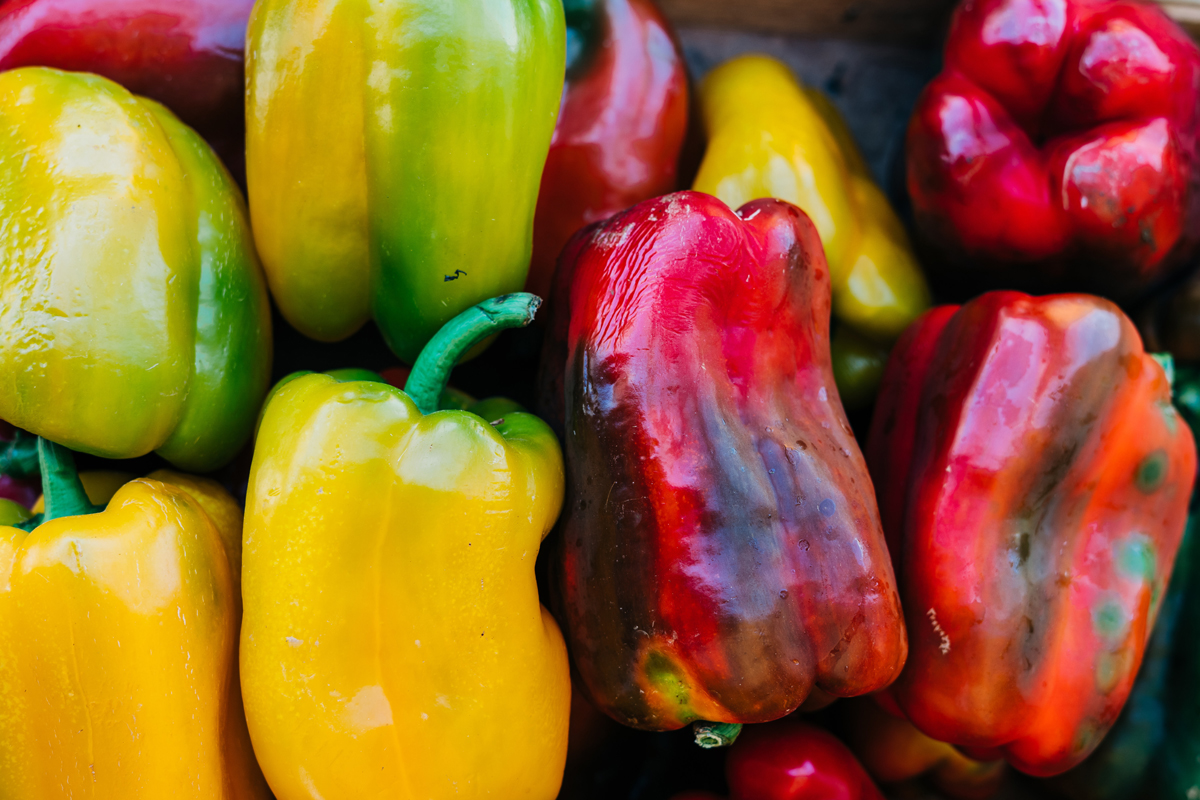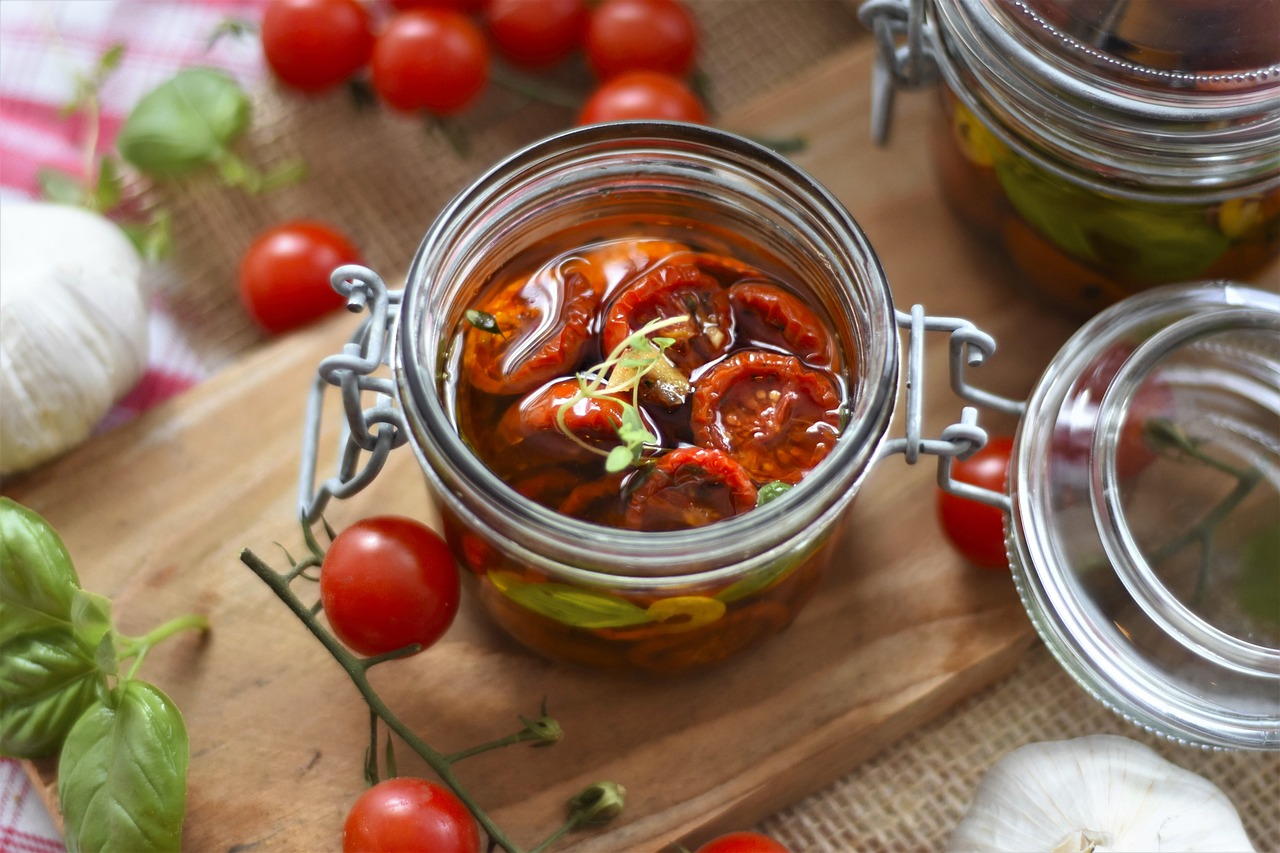Dehydrate Vegetables for Long Life
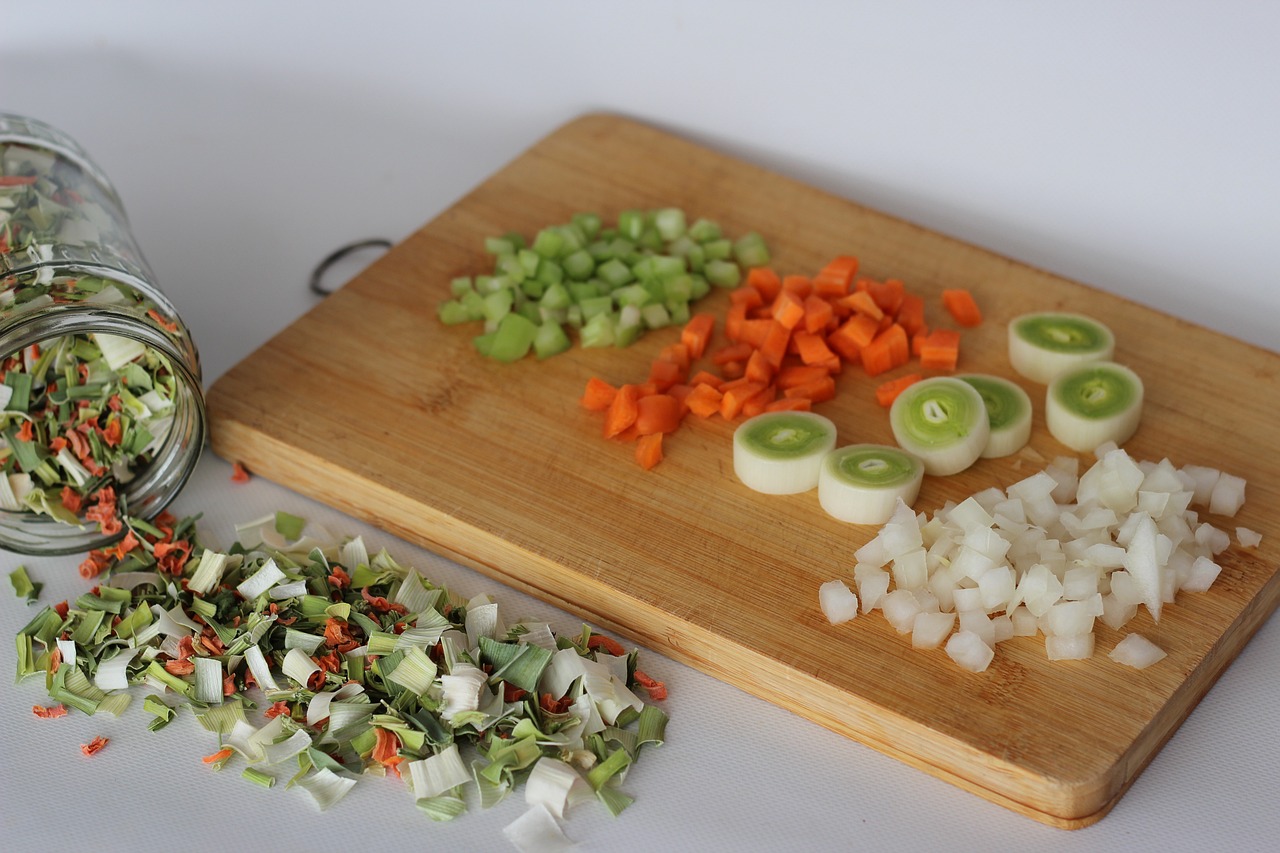
Drying or dehydrating vegetables is one of the oldest known methods of food preservation. The really great thing about it is that you can do it at home with equipment you have on hand.
You should pick your produce at it’s peak and work as quickly as you can to preserve its color and taste.
Prepare your vegetables as if you were going to serve them. Wash them well, trim, cut, chop, slice, whatever. Thickness will play an important role in how long your veggies take to dehydrate, so bear that in mind when preparing.
Next you must blanch the vegetables. This will preserve the color and flavor of the vegetable. Most vegetables have an enzyme that, left active, is what makes it spoil so quickly. Blanching the vegetables stops the enzyme action.
Follow available guidelines for blanching. Once blanched, chilled and drained, you are ready to dry or dehydrate your vegetables for long term storage.
The Rules
Of course, there are heaps of rules…but let’s start here.
There are three methods used to dry or dehydrate vegetables.
Sun Dried, Commercial Dehydrator or Oven
Sun drying is the least reliable method for areas with variable temperatures. Unless you live in a climate that is a consistent 90F with low humidity for a guaranteed 3 days in a row, you risk your produce.
Once the drying starts, it cannot stop until finished. So DO NOT let your vegetables cool again until they’re done. Having said that, lots of places do have that sort of weather…but more places don’t, so sun drying is a bit of a gamble for most.
You can purchase food dehydrators in a range of sizes, but unless you are going to be doing an awful lot of this, it’s probably better to wait or buy one with a group of friends to pass around. They aren’t very expensive, but they are usually used for quite short periods of time.
So, we’re left with the oven. It’s almost certain that you have one, so nothing new to buy. It is time consuming and a little fiddly, but it’s such a great result!
Oven Drying
A home oven will only dry small quantities at a time (up to six pounds of produce, depending on the number of racks you have) so don’t be preparing bushels of veggies at a time!
Set the oven at the lowest temperature and preheat to 140F (60C). If you are uncertain of the temperature, put a separate oven thermometer on a rack you can see. Check your temperature every half hour or so.
Lay out your vegetables on stainless steel screen mesh or wooden frames covered in cheesecloth. Do NOT use cookie sheets as the air must circulate around the food. Having the food sit next to metal sheets may also transfer a metallic taste. Using other types of metal materials may react with the food so please don’t.
Load up the veggies. Doing trays of items similar in size will keep the drying even. For instance, doing pumpkin, carrot and potato might be a good mix. Try not to mix strong flavored items as the flavour may transfer from one vegetable to another.
Keep the oven door open about 3 inches or so during drying. It is vital that the temperature is maintained at 140F (60C) and that the moist air can escape. Move the trays around frequently to ensure even drying. No oven has even heat throughout.
Keep a close eye on your drying vegetables. Don’t let them scorch and keep them moving.
Depending on the vegetable you are drying it will take between 4 and 12 hours to dry. Once they’re done, the vegetable pieces will be hard and should shatter if hit with an instrument.
Store in a water tight container. To use, just add them to soups and sauces as they are, or reconstitute (cover them in a container with water 2:1 ratio) for approximately 2 hours before using.
The Author:
Judy Williams (http://www.no-dig-vegetablegarden.com) splits her time between being an executive and an earth mother goddess.
No Dig Vegetable Gardens represents a clean, green way to grow your own food. The site covers all aspects of growing, cooking and preserving your harvest.


